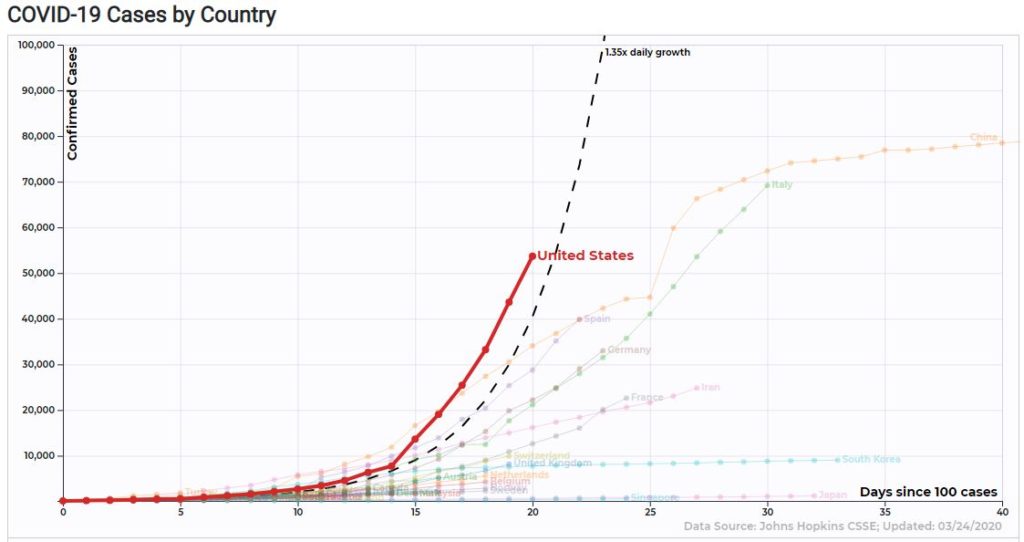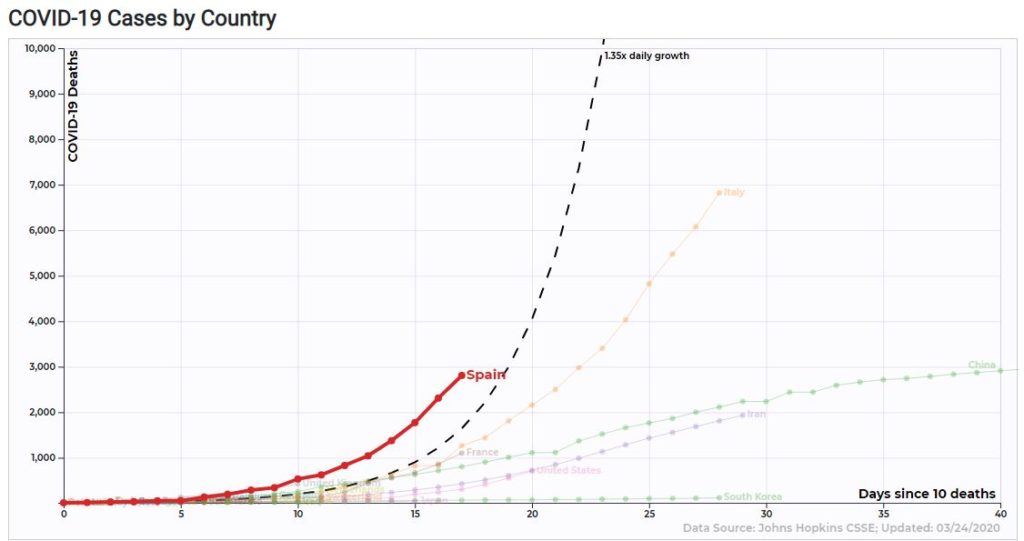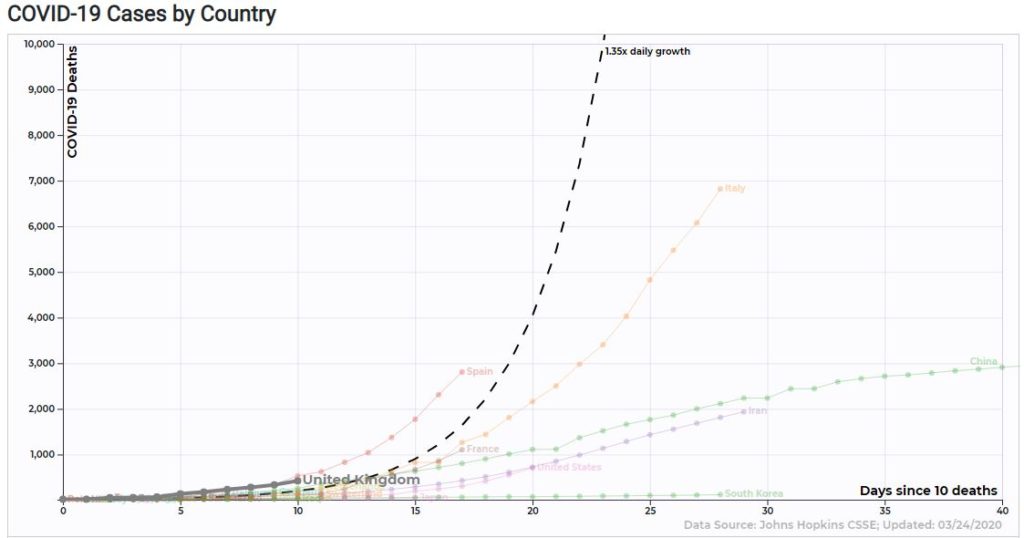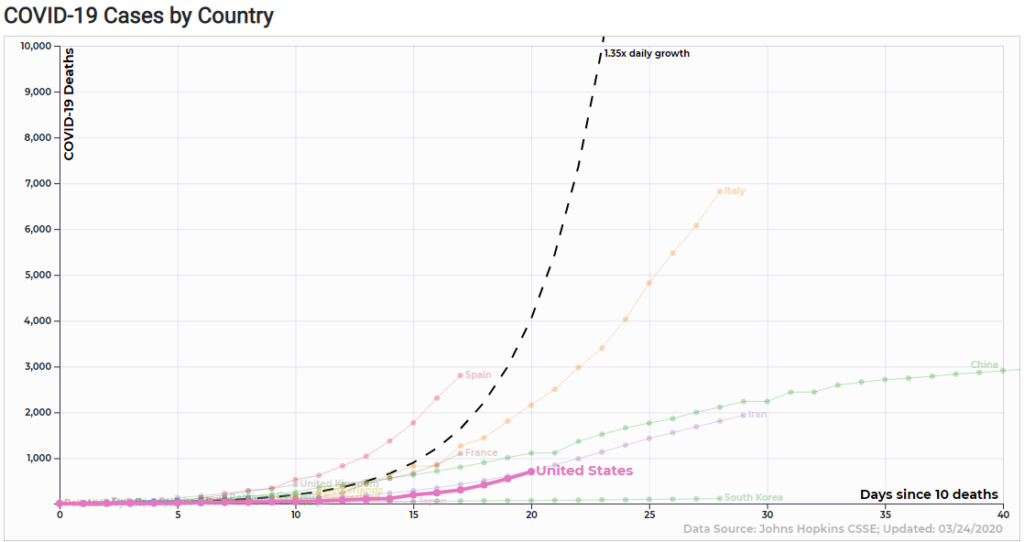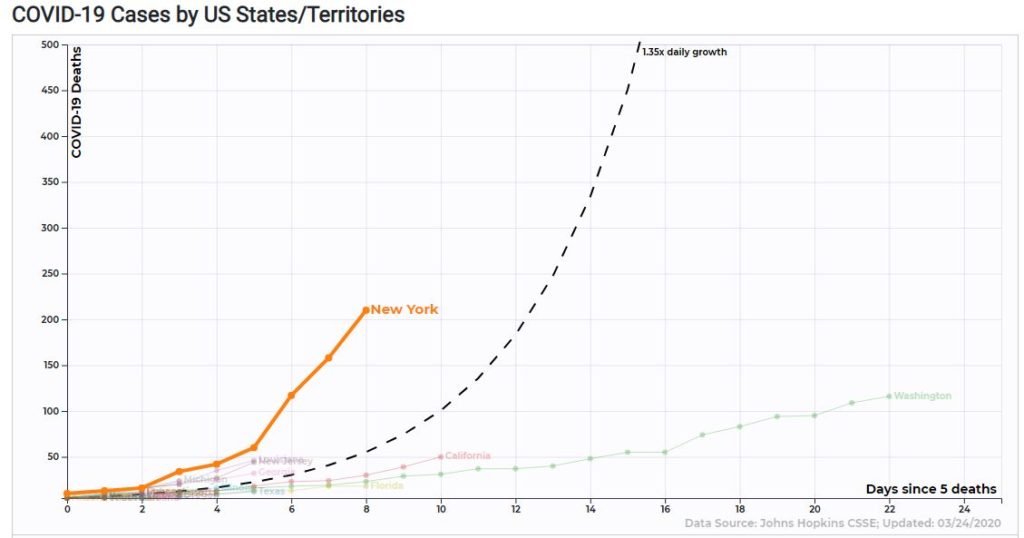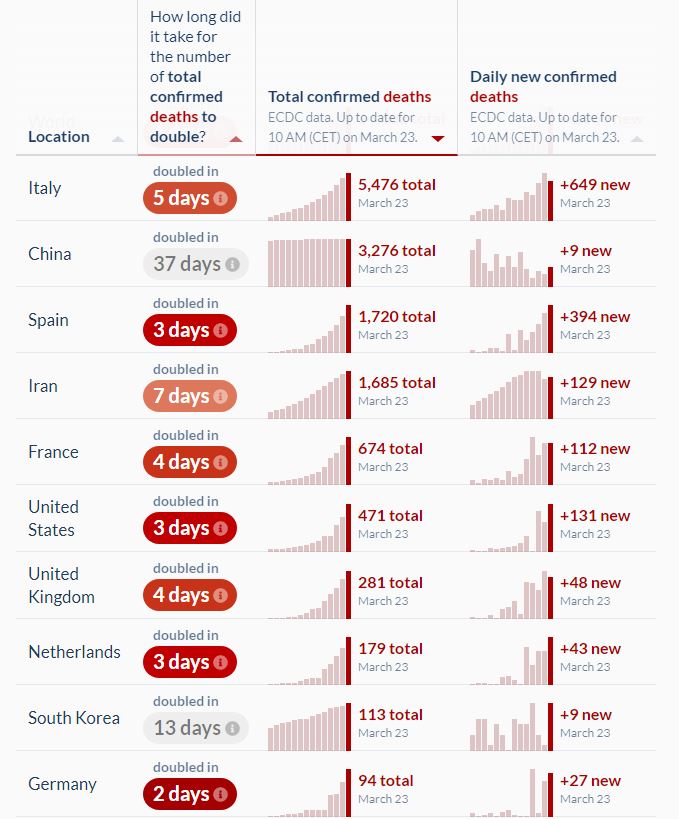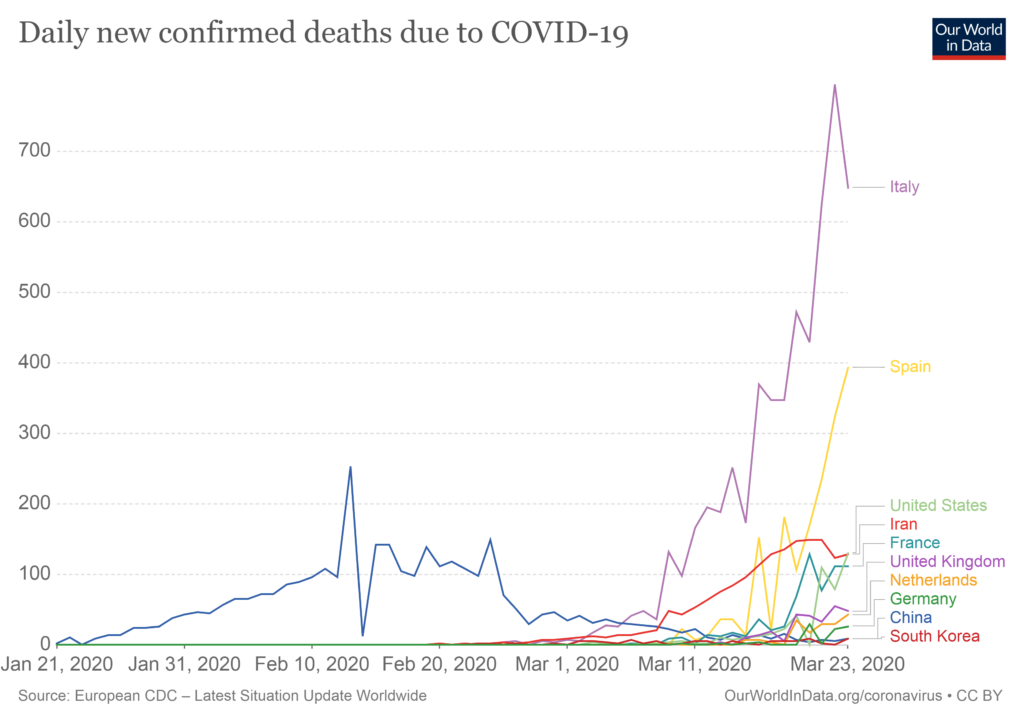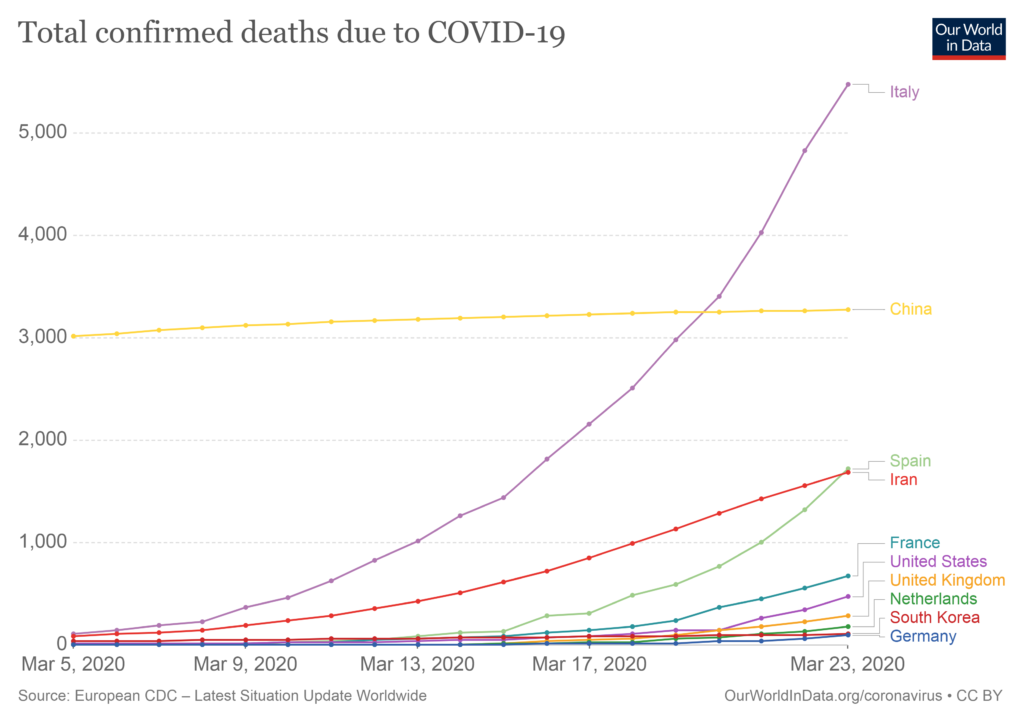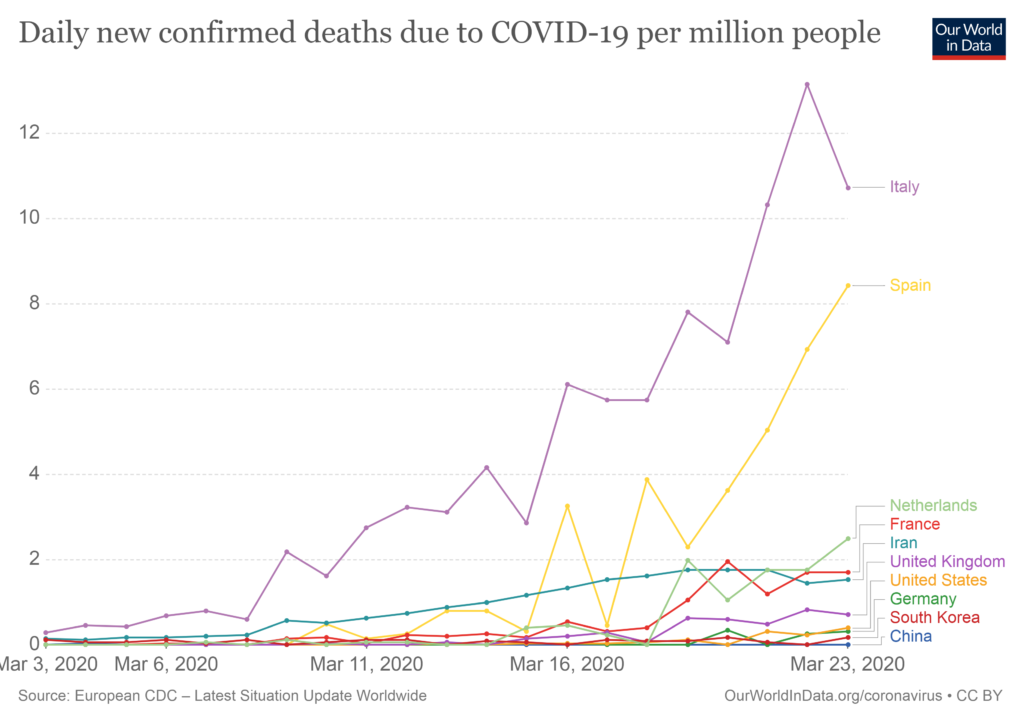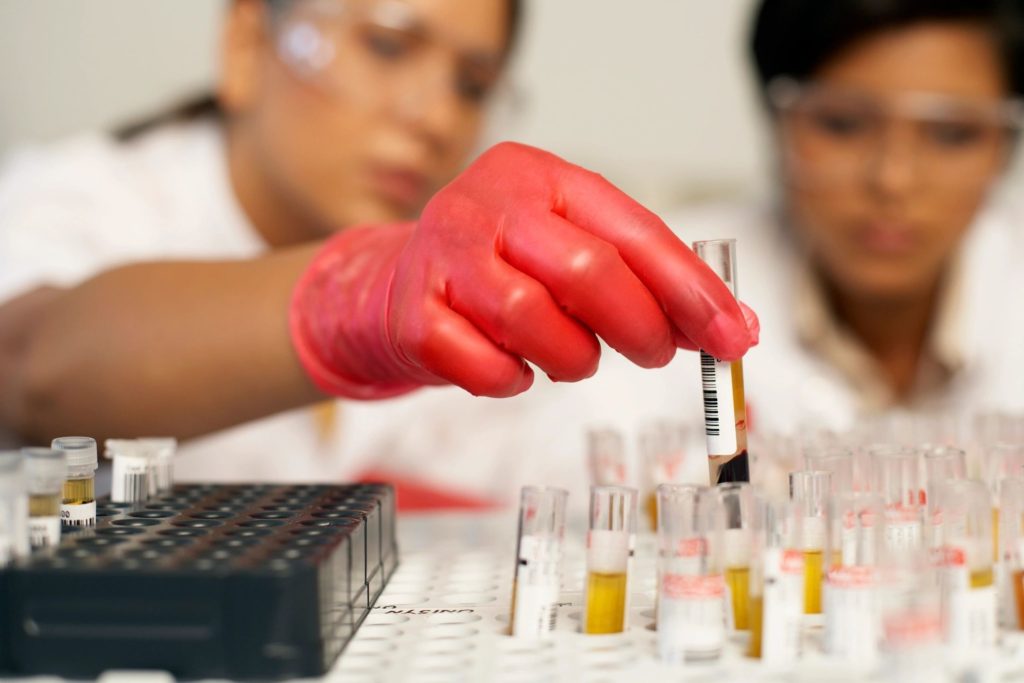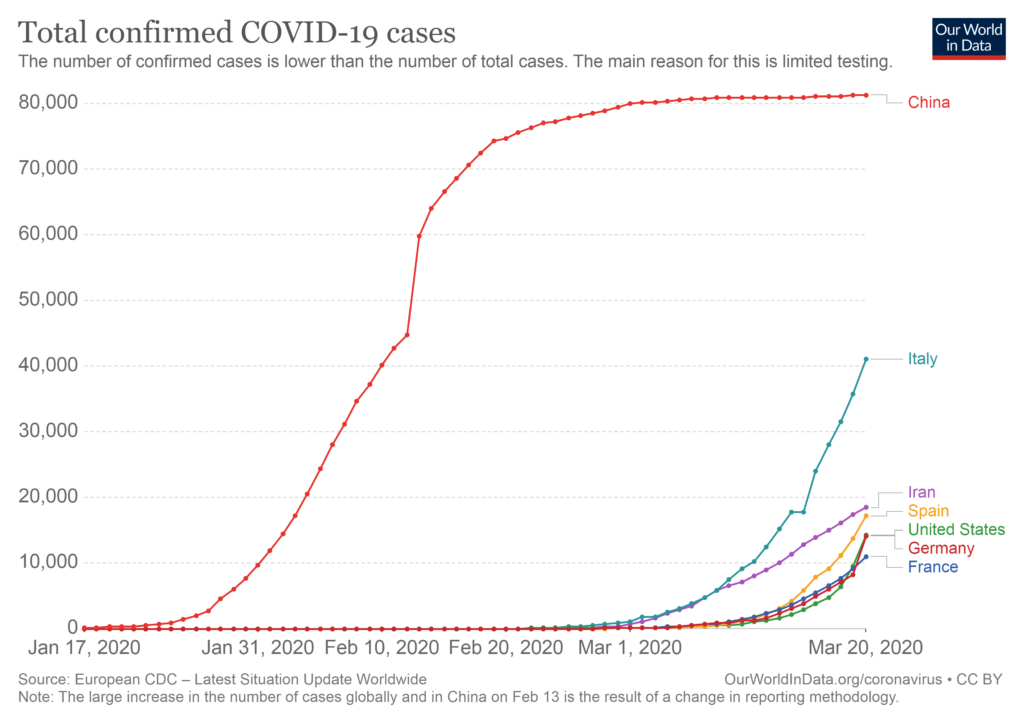Fortunately, there are very few decisions in life that can have truly catastrophic consequences if we get them wrong. The vast majority of choices we make are mundane and will not make any major difference either way. Whether or not the outcomes are predictable, let’s call these potentially catastrophic decisions “high variance” because they can have a major impact on your life. The high variance decisions are the ones you really need to get right.
In addition to categorizing decisions as high or low variance, you can also classify a decision by how simple or difficult it is. If you were to create pros and cons lists for a simple decision, it would have a clear imbalance in favor of one or the other, while difficult decisions have pros and cons lists that are balanced. The good news is that for the most difficult decisions, you can’t go very far wrong, no matter what you decide. Since the pros and cons are almost balanced, your expected happiness with future outcomes should be about the same either way. The simple decisions are the ones you really need to get right.
The outcome of a decision doesn’t make it good or bad – it is only a bad decision if the foreseeable consequences should have led you to make a different choice. If the consequences are not foreseeable, it wouldn’t count so much as a “bad” decision if things go badly, but rather as an “unfortunate” one. For example, you can’t really be blamed for riding the daily train to work, even if it ends up crashing. However, you CAN be blamed for driving drunk, even if you don’t crash, because it doesn’t take a crystal ball to see that the potential downside is much worse than the inconvenience of taking a taxi. You make good decisions if you reasonably consider the possible paths and follow the one with the best expected value, whether or not things pan out the way you’d hoped.
Passing up the COVID vaccine would be a very bad decision, because it is high variance, it is simple, and the potential devastating outcome is easy to foresee.
So how do we know it’s a simple decision? Let’s look at the cons list first: vaccination may have contributed to three deaths from a rare blood clot disorder. Oh yeah, and it might pinch a bit and lead to a few days of feeling under the weather. That’s it, that’s the list.
What about the vaccine causing COVID? Can’t happen. What about the unknown long-term effects? There’s no reason to believe this will be the first vaccine to ever have those. What about effects on fertility? That’s also nonsense. Where do you read this stuff? If you’ve come across these warnings, you may want to look into the reliability of your sources of information.
In order to fully appreciate the pros of vaccination, let’s get an intuitive feel for the risks involved by using the analogy of drawing specific cards from a deck of playing cards. Since there are 52 cards in a standard deck, the chances of drawing a particular card is about 2%. If you’ve ever tried to predict a specific card, you know that it’s very unlikely, but possible. I guarantee that you’ll fool Penn and Teller with your magic trick if you go up on stage, tell them to think of a specific card, and then just blurt it out. So, armed with a feel for how likely it is to draw cards from decks, let’s consider the risks you’ll face depending on whether or not you get vaccinated.
Option 1: Try Your Luck.
Let’s say you don’t believe that the universe is trying to kill you and you want to take your chances and see if you draw the hospital/death card from the deck. If you choose this path, it looks like a decent estimate for you catching COVID-19 at some point in the next year is about 1 in 10. Then, if you get infected, depending on your age and pre-existing conditions, the chances the disease lands you in the hospital, leaves you with long-term damage, or a slow agonizing death, is about 1 in 4. Since you multiply probabilities to find out the chances that two independent events both occur, your probability of drawing the hospital card should be approximately 0.10 * 0.25 = 2.5%, or a bit more than drawing one specific card from the deck. So, option 1 is to shuffle up that deck and try not to pull the hospital/death card, the Ace of Spades. You’ll probably be fine.

Figure 1: Good luck – Don’t draw the Ace of Spades!
Option 2: Trust Science.
The other option is to just do what the health experts say and get the shot. So what are the chances you go to the hospital for COVID-19 if you’re vaccinated? Well, if you’re under 65 and haven’t had an organ transplant or something that compromises your immune system, it’s effectively 0%. But that’s hard to visualize, so let’s just say you’re a truly random and possibly high-risk individual. As of July 12, there have been 5,492 vaccinated individuals hospitalized for COVID-19 symptoms out of the 159 million who have been vaccinated. So, about 0.003%. Let’s bump that up to 0.007% because we want to estimate the chances of landing in the hospital at some point in the next year. That’s 7 out of 100,000.














Figure 2: Okay, NOW try not to pick the bad card hidden in one of those decks!
You can do this same exercise if you’re under 65 and have a good immune system by just imagining that there’s no bad card.
Get this one right; you may never see a simpler, higher variance decision in your life.
